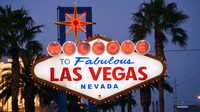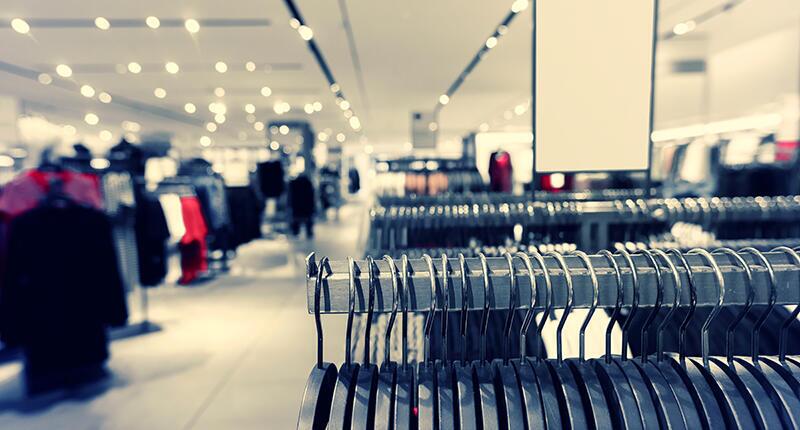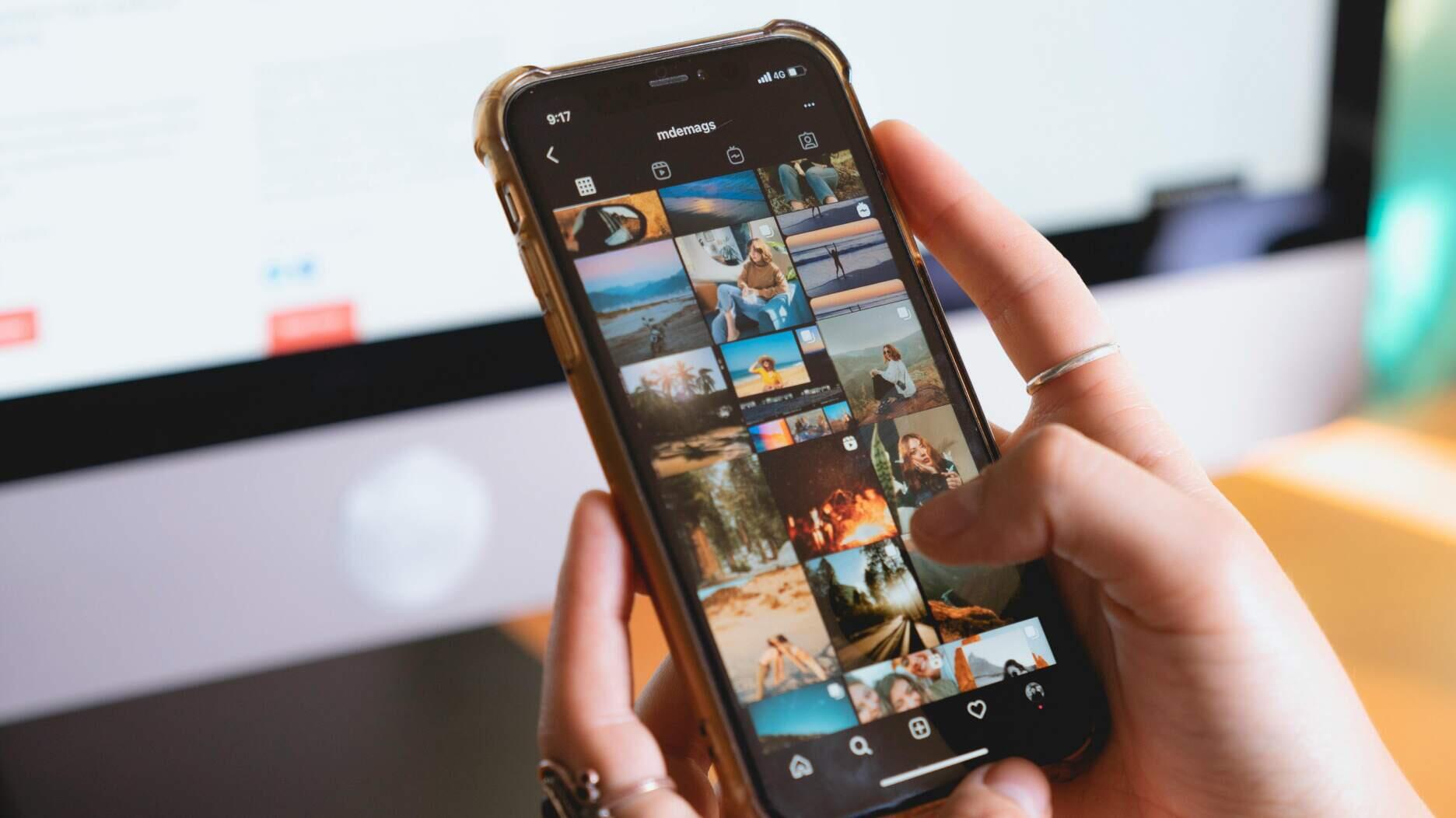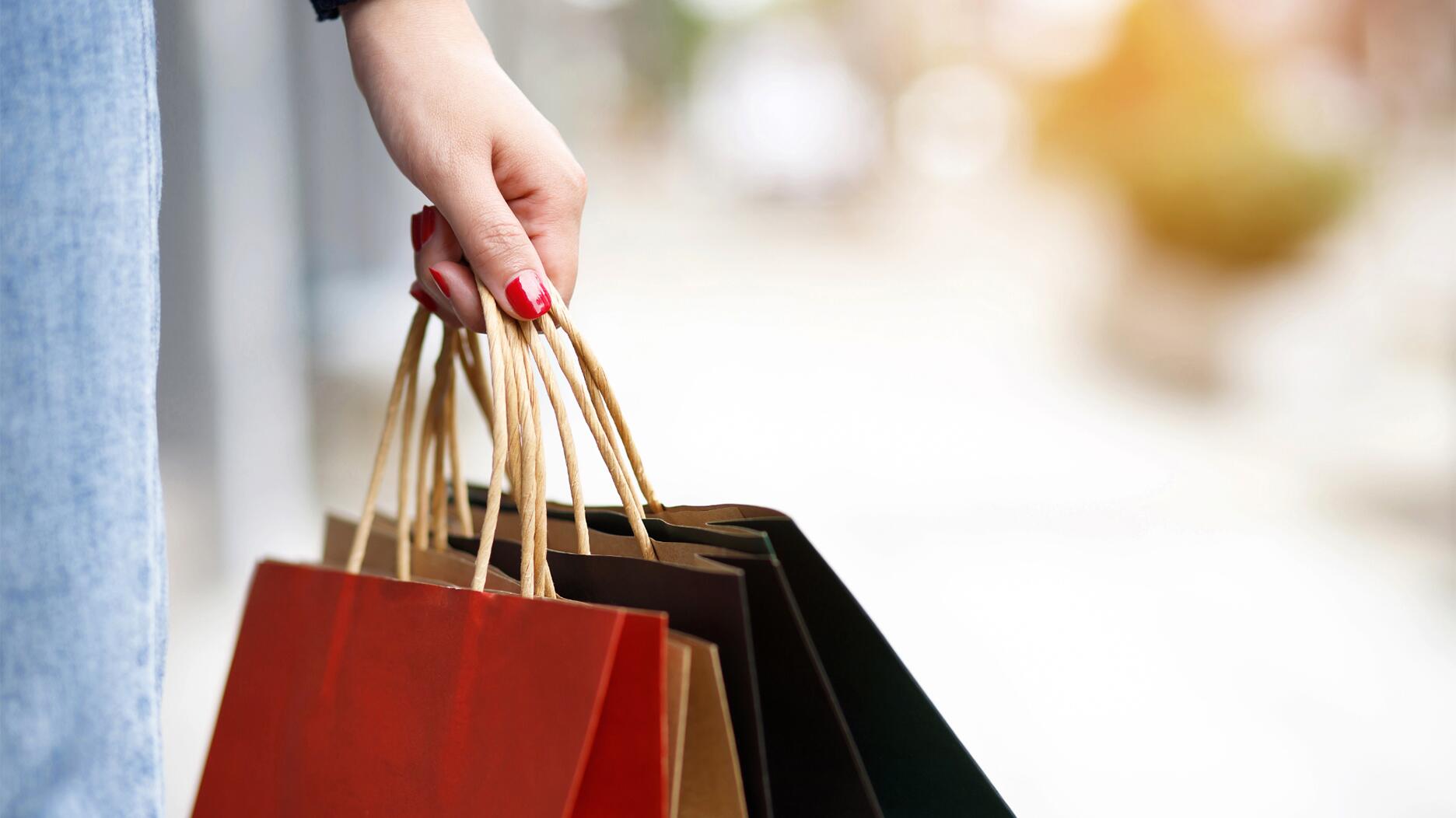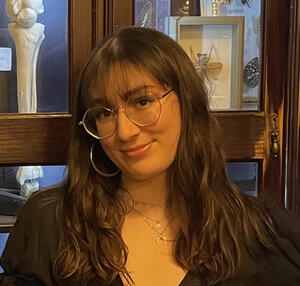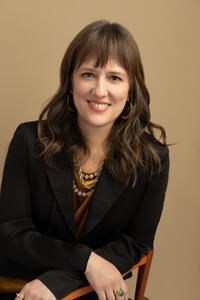Here’s What the NRF Is Saying About Valentine’s Day
The organization shared its predictions on how much consumers will be spending and on whom.
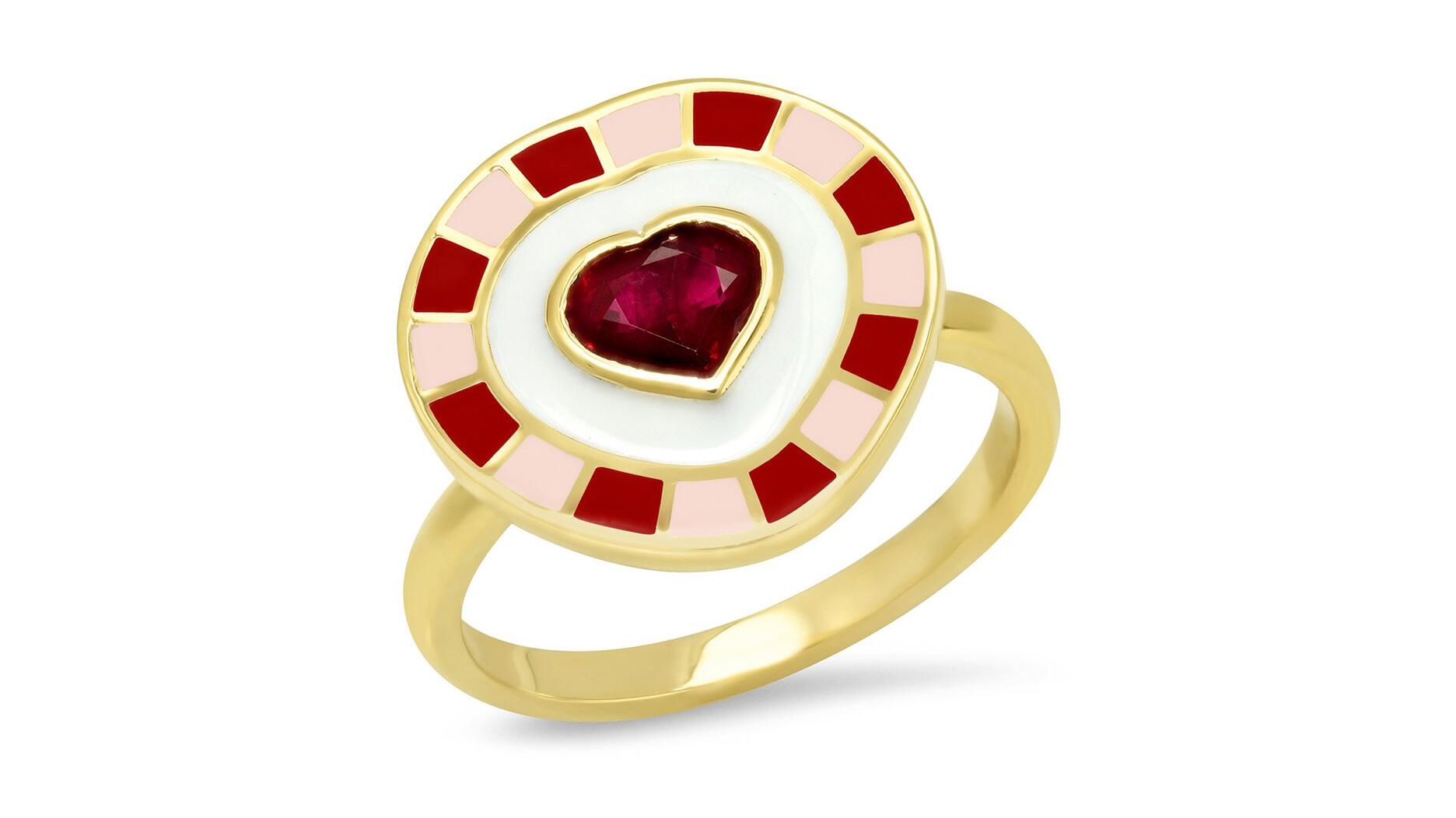
Spending for the holiday is expected to reach $25.8 billion, the results of the annual survey by NRF and Prosper Insights and Analytics shows.
The projected total is higher than last year’s forecast of $23.9 billion and marks the third-highest total in the survey’s history, not adjusted for inflation.
“Last year, consumers used Valentine’s Day to celebrate all the special relationships in their lives—from pets to friends and co-workers—and their spending reflected that,” NRF said.
“This year, while consumers still value the non-romantic relationships in their lives, they are prioritizing gifts for significant others.”
Shoppers plan to spend a record $14.2 billion on their significant others.
“Retailers are ready to help customers this Valentine’s Day with meaningful and memorable gifts,” said NRF President and CEO Matthew Shay. “With consumers prioritizing their spouse or significant other this year, retailers expect to see a shift in spending for certain gifting categories.”
The top gift cited by survey-takers was candy (57 percent), followed by greeting cards (40 percent), flowers (39 percent), an evening out (32 percent), and jewelry (22 percent.)
Clothing (21 percent) and gift cards (19 percent) round out the list.
New spending records are expected for a few categories, with spending on jewelry forecast to reach $6.4 billion, up from the expected $6.2 billion last year.
The NRF includes all jewelry sales, from fine to fashion jewelry, in its calculations, as per a spokesperson.
“While shoppers may be spending the most on jewelry, overall, the most popular gifts are the classics—candy and greeting cards,” said Prosper Insights & Analytics Executive Vice President of Strategy Phil Rist.
“We’re also seeing continued interest in gifts of experience, with about one-third of consumers planning to give a gift of experience this year.”
Spending on an evening out is predicted to reach a record $4.9 billion, followed by clothing ($3 billion) and flowers ($2.6 billion).
More than half of consumers (53 percent) plan to celebrate Valentine’s Day, compared with 52 percent last year.
Of those celebrating, 62 percent are consumers ages 25 to 34, more than any other age group.
For those not officially celebrating, 29 percent still plan to mark the day in some fashion, said NRF, opting to treat themselves to a gift or plan something with single friends or family members.
Consumers are expected to spend $185.81 each on average, nearly $8 more than the average Valentine’s Day spending over the last five years, said NRF.
The most popular place to shop for Valentine’s Day gifts is online (40 percent), up from 35 percent last year, followed by department stores (33 percent), discount stores (31 percent), and florists (17 percent).
The survey, conducted Jan. 2-8, asked 8,329 adult consumers about their Valentine’s Day shopping plans.
The Latest
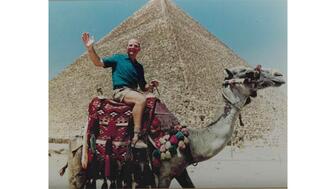
Said to be the first to write a jewelry sales manual for the industry, Zell is remembered for his zest for life.

The company outfitted the Polaris Dawn spaceflight crew with watches that will later be auctioned off to benefit St. Jude’s.

A buyer paid more than $100,000 for the gemstone known as “Little Willie,” setting a new auction record for a Scottish freshwater pearl.

Supplier Spotlight Sponsored by GIA.
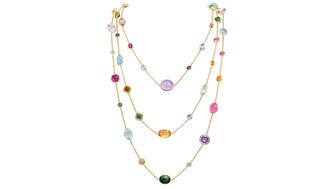
Anita Gumuchian created the 18-karat yellow gold necklace using 189 carats of colored gemstones she spent the last 40 years collecting.

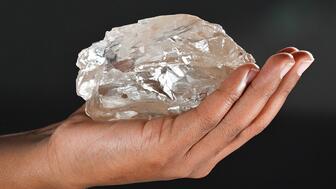
The giant gem came from Karowe, the same mine that yielded the 1,109-carat Lesedi La Rona and the 1,758-carat Sewelô diamond.
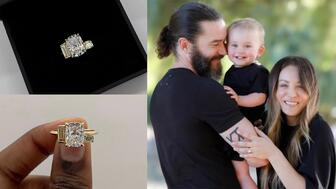
The three-stone ring was designed by Shahla Karimi Jewelry and represents Cuoco, her fiancé Tom Pelphrey, and their child.

Supplier Spotlight Sponsored by GIA
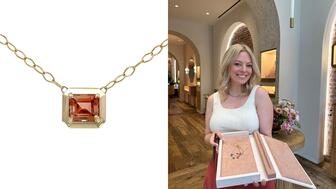
The Manhattan jewelry store has partnered with Xarissa B. of Jewel Boxing on a necklace capsule collection.
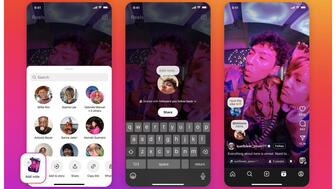
Acting as temporary virtual Post-it notes, Notes are designed to help strengthen mutual connections, not reach new audiences.
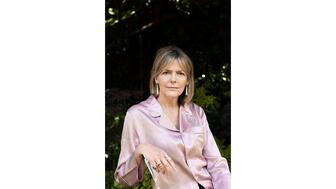
The jewelry historian discusses the history and cultural significance of jewelry throughout time and across the globe.
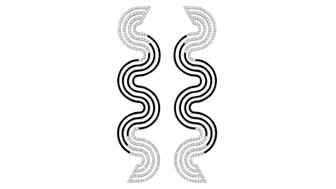
From fringe and tassels to pieces that give the illusion they are in motion, jewelry with movement is trending.
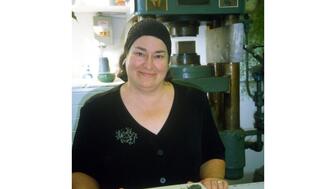
The designer and maker found community around her Philadelphia studio and creative inspiration on the sidewalks below it.
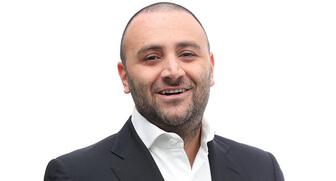
The change to accepted payment methods for Google Ads might seem like an irritation but actually is an opportunity, Emmanuel Raheb writes.

The industry consultant’s new book focuses on what she learned as an athlete recovering from a broken back.
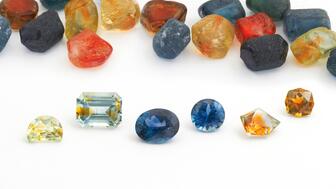
The fair will take place on the West Coast for the first time, hosted by Altana Fine Jewelry in Oakland, California.
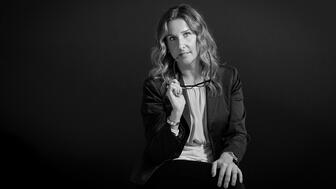
Hillelson is a second-generation diamantaire and CEO of Owl Financial Group.
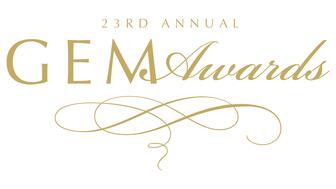
Submissions in the categories of Jewelry Design, Media Excellence, and Retail Excellence will be accepted through this Friday, Aug. 23.
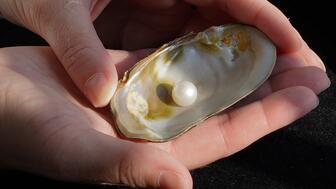
Known as “Little Willie,” it’s the largest freshwater pearl found in recent history in Scotland and is notable for its shape and color.
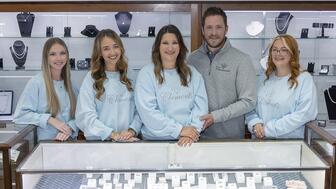
Clements Jewelers in Madisonville cited competition from larger retailers and online sellers as the driving factor.
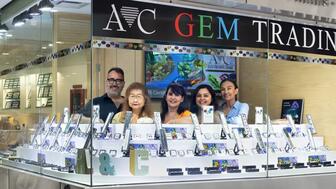
The gemstone company is moving to the Ross Metal Exchange in New York City’s Diamond District.

Most of the 18th century royal jewelry taken from the Green Vault Museum in Dresden, Germany, in 2019 went back on display this week.

The Pittsburgh jeweler has opened a store in the nearby Nemacolin resort.
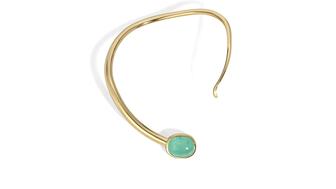
With a 40-carat cabochon emerald, this necklace is as powerful and elegant as a cat.

The Erlanger, Kentucky-based company was recognized for its reliability when it comes to repairs and fast turnaround times.
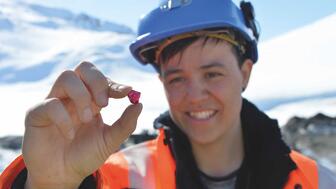
Unable to pay its debts, the ruby and sapphire miner is looking to restructure and become a “competitive and attractive” company.
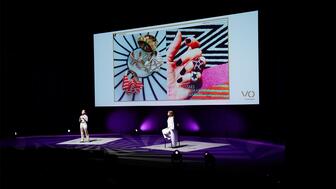
The trend forecaster’s latest guide has intel on upcoming trends in the jewelry market.
